I was struck by something when I traveled to Washington, D.C. last month. Going through the museums, I noticed that the (European) history of the United States only went back a few centuries. It made perfect sense given the Pilgrims arrived in 1620, but it threw London’s long past and the vast amount of London architecture history into relief for me.
London Architecture History
I’ve always been fascinated by London’s history, and being in DC made me appreciate its heritage even more.
I’ve paid particular attention to it since coming home, and today I want to share my highlights of London architecture through the centuries with you.
Roman Wall
When I first moved to London I couldn’t believe there were still traces of Ancient Roman civilization. The idea that the Romans were here at all pretty much blew my myopic Californian mind (we only became a state in 1850).
But the fact that bits of their wall were still intact amazed me. The London Wall was built around 200 AD and augmented in medieval times, and it’s still visible between the skyscrapers of the City of London today.
11th Century London Architecture
Not much survives from the period between the Romans’ departure and the building of the Tower of London, so I’ll skip ahead a few centuries and continue my highlights tour of London architecture history in the year 1000.
The White Tower in the Tower of London complex dates back to the 11th century and is still one of the most stunning buildings on the city’s skyline.
Every time I go inside I feel the layers of history revealing themselves in the walls, steps, and stories of prisoners like French king John the Good.
12th Century London Architecture
Fast forward 100 years and London has a few more architectural treasures to showcase. My favorite is The Round Church in Temple.
Consecrated in 1185 by the patriarch of Jerusalem, it was designed to recall the Church of the Holy Sepulchre, the most sacred place in the world of the Crusaders.
Today it’s better known for being a filming location for The Da Vinci Code, but I’m awed by its real history as much as its fictional one.
13th Century London Architecture
The next century reveals more impressive churches in the sphere of London architecture history. Not only was the present Westminster Abbey started then, but also a smaller place of worship in Holborn called St Etheldreda’s Church.
Built in the late 13th century, it’s one of only two London buildings that date from King Edward I’s reign.
It was once the chapel of a large estate that housed the Bishops of Ely, but today it stands alone on a beautifully preserved historic street with passages that lead to hidden pubs.
14th Century London Architecture
After another hundred years, London architecture history brings us The Charterhouse in Smithfield.
Built on the site of a burial ground for victims of the Black Death, it has served as a Carthusian monastery, private home, school, and almshouse since its founding.
Elizabeth I met the Privy Council here before her 1558 coronation, and James I used the Great Chamber to create 130 new barons. Every time I pass by, I get goosebumps thinking about how much history this building has witnessed.
15th Century London Architecture
With its ornate facade and sweeping courtyard, the 15th-century Guildhall is one of the most impressive buildings in the City.
Built on top of a Roman amphitheater (there are the Romans again!), it’s a great example of the evolution of London architecture history through the centuries (it’s currently on its fourth roof).
Formerly used as a stage for state trials like that of Lady Jane Grey, it’s now the ceremonial and administrative center of the City of London and its Corporation.
16th Century London Architecture
Some of my favorite architecture in London comes from the Tudor period (who doesn’t love a half-timbered facade?). St Bartholomew’s Gatehouse in Smithfield dates back to 1595 and stands out from its more modern neighbors.
Not only does this piece of London architecture history check the Elizabethan box, but also the lures-me-into-secret-spaces one. Through the arched entrance below it lie the 12th-century Priory Church of St Bartholomew the Great and its churchyard.
17th Century London Architecture
I know I’m American when my eyes light up at a sign that says a place was rebuilt in 1667. I can hardly think back that far, but the Ye Olde Cheshire Cheese pub can.
Destroyed by the Great Fire of 1666, it rose like a phoenix to offer future generations of pub-goers the chance to enjoy a pint in its warren of atmospheric rooms (and delight in its name).
18th Century London Architecture
There are a lot more buildings to choose from when it comes to 18th century London architecture history, but my favorite is St Paul’s Cathedral.
Sir Christopher Wren knew a thing or two about building a London landmark, and this icon remains one of the most recognizable works of London architecture through the centuries.
My favorite view of it is from the narrow alleys that radiate off Paternoster Square, but it’s hard to find a vantage point from which it doesn’t shine.
19th Century London Architecture
I couldn’t possibly choose a favorite work of 19th century London architecture. Big Ben, the Natural History Museum, St Pancras station, and Tower Bridge vie for my affections.
For this one century I’m going to cheat and say they’re all winners. I hope you don’t hold it against me.
20th Century London Architecture
Strangely, the 20th century presents me with the opposite dilemma. I spent a long time thinking about the highlights, but aside from Tate Modern and the Hoover Building I didn’t feel very inspired.
Then I remembered Michelin House. This Art-Nouveau-meets-Art-Deco gem in Chelsea is not only aesthetically beautiful with its stained glass and tiles, but also amusing with its giant Michelin Man dancing his tire-wrapped frame across the facade.
21st Century London Architecture
It amazes me how many new buildings have popped up in London since the turn of the millennium. From The Gherkin to The Shard, there’s no shortage of skyscrapers in this century’s London architectural mix.
But my true love of the 21st century is the London Eye, which opened to the public in 2000. I never tire of seeing its delicate frame on the skyline, and even though I’m terrified of heights I can appreciate the views from its peak.
And when I’m at the top, I feel an even greater sense of awe at London’s rich past. From the Houses of Parliament to the skyscrapers of Canary Wharf, the views of this city—like the museums in DC—offer constant reminders of its history.
London Architecture through the Centuries
I hope you’ve enjoyed this look at London architecture history. The city has such a wealth of it on display, and if you get a chance to see it for yourself I’m sure you’ll love it as much as I do.
How about you? What are your favorite bits of London architecture history?
Find this post helpful? Buy me a coffee!
New here? Join thousands of others and subscribe to the A Lady in London blog via email.
Pin it!


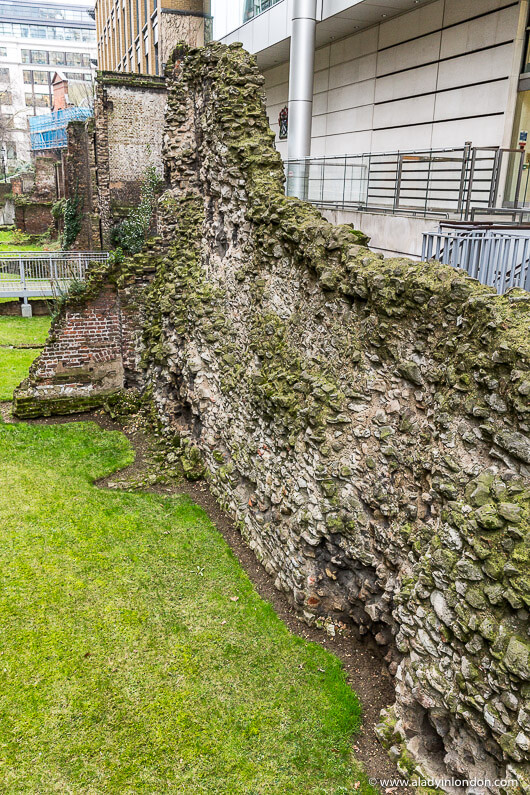

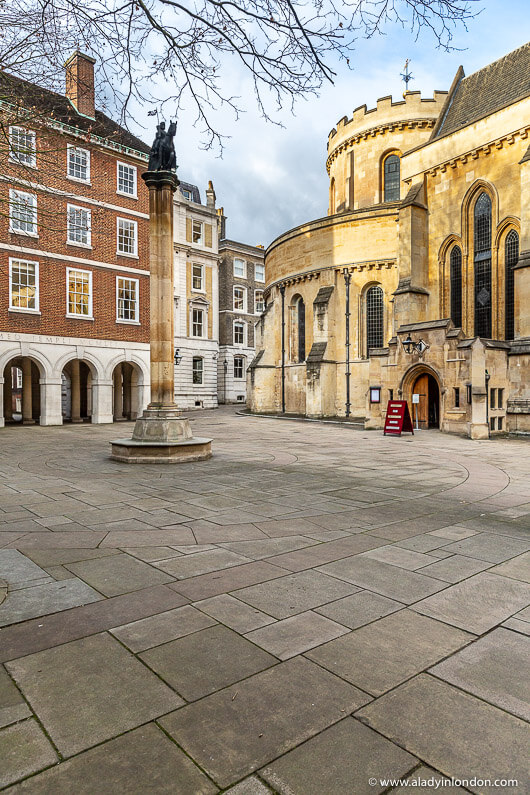


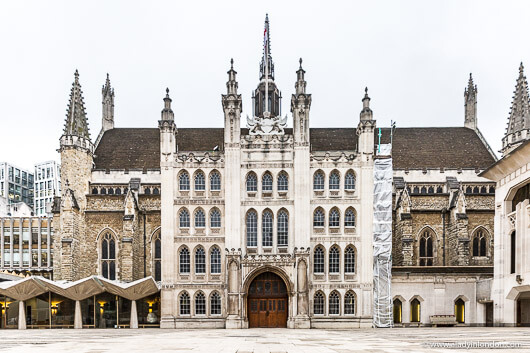

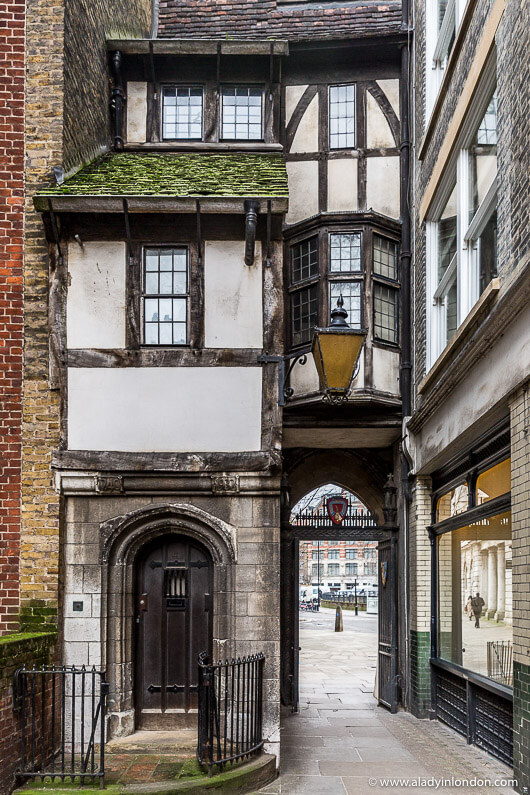
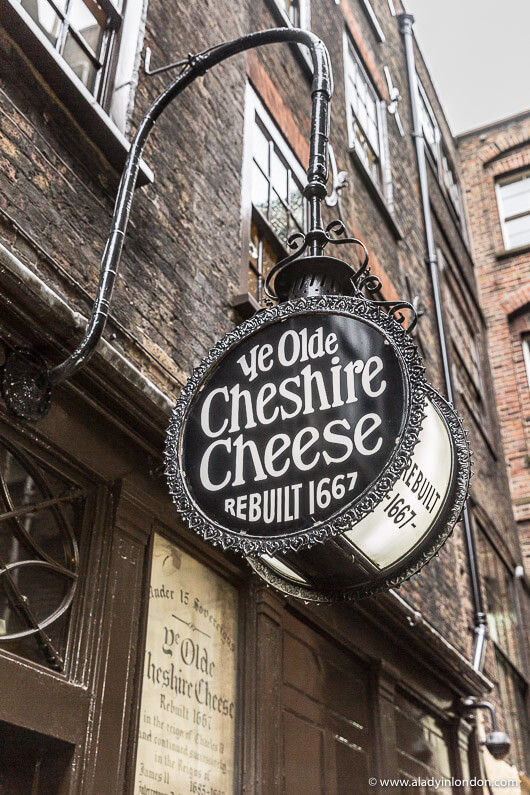
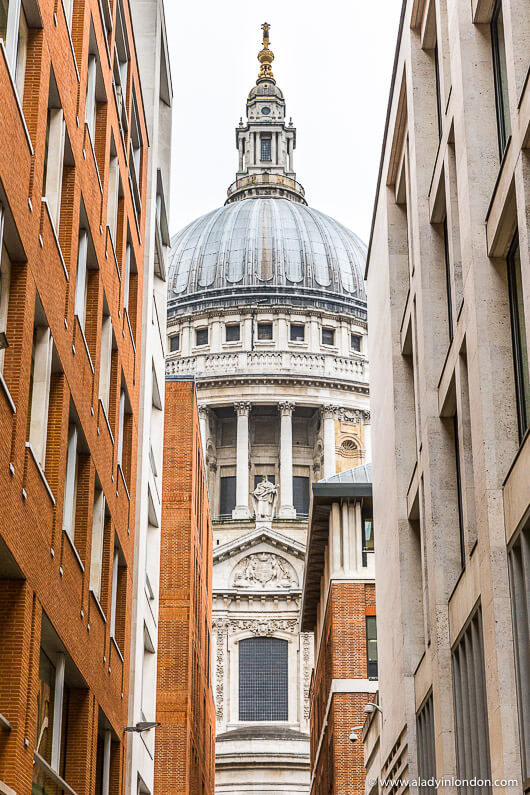
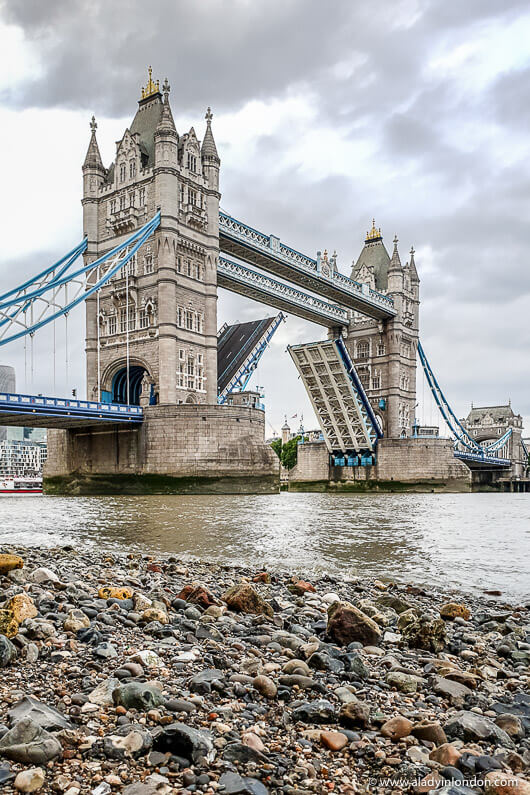



Great post! This ticks all my boxes for love of buildings and history. I spent most of my youth visiting family in Manchester and I can see parallels between there and London for its rich history and diverse architecture. Thank you for sharing x
Thanks! That’s great that you can see it in Manchester, too. I can’t get over how amazing the history in Britain’s cities is.
I love the Tower of London and the Tower Bridge even though they’re centuries apart:) also St Paul’s, Big Ben, London Eye too. My favourite skyscraper is the Gherkin. The Shard isn’t too bad either but I’m afraid that the new proposed skyscrapers will destroy that delicate balance of the old and the new in City of London area. I love also the architecture of the ordinary houses in different areas of London:)
Nice! Those are all great ones. I love the Gherkin, too. I hope London is able to find a balance going forward.
Great post – I love the beauty of London, especially all the layers of history that have made it what it is today!
Yeah! It’s great to see all the styles together in one city.
Hi Julie, thank you for another great post! I love every single one of these places in London, the history of this great City is so rich, I love how the “old” is organically combine with the “new” – and we have to give credit to the architect for this. I consider myself privileged being able to say I am a Londoner, it is a beautiful city 🙂
My other favourite places are Pickering Place (the smallest square in London and home to Embassy of Texas Republic back in the day!), and Postman’s park is a very special place with some beautiful buildings all around it. And Lincoln’s Inn is pretty special too.
I’m glad you liked the post! Thanks for sharing your recommendations, too. I will have to check those places out.
I love this post! I’m tickled to say that I’ve seen all of these places except the Ye Olde Cheshire Cheese. I even dined once at Bibendum in the Michelin Building. What a great selection of London classics.
I’m glad you think so! I love the restaurants in Michelin House. It’s nice to be able to go inside!
I’ve lived in London for almost three years now and sometimes I just don’t appreciate the fantastic architecture that is dotted all over the city, your post is a lovely reminder thank you:)
You’re welcome! I find I take it for granted sometimes, too. It’s amazing how much there is here when I stop to appreciate it.
What a lovely post and a really unique way to look at London. That’s one thing I love about the city, the juxtaposition of so many different styles.
Thanks! I’m glad you liked it. I agree about the styles. It’s amazing to see how the city has evolved over time.
It’s fascinating to see how London architecture has changed throughout the ages. I think my favourites have to be the Royal Courts of Justice and the Natural History Museum
Good choices! I love those buildings, too.
OK that’s it – I’m booking a ticket to London straight away! 😀
Thanks for sharing these lovely photos!
You’re welcome!
Amazing architecture…makes me want to visit London right now! Great photos!
Thanks!
I love every little nook and cranny of London but must admit the history of the Tower wins out in my book every visit. So much history nestled next to a tube station with skyscrapers meters away! It’s like how the Colosseum is surrounded by 21th century cars racing through the Roman streets – such a juxtaposition! The Tower and Westminster are the only real “touristy” landmarks I insist on visiting every trip. Ooh and I my husband and I went on the hunt for old pubs a couple of years ago and Cheshire Cheese was on the list! That and Ye Old Mitre were such fun finds!
Yeah, the juxtaposition of ancient and modern is such a great part of the history in Europe. I’m glad you enjoyed the pubs, too!
This is such a beautiful post. I’ve always loved that walking through London feels like walking back in time. I didn’t know you could still see Roman stuff though, must go check this out!
Yeah!
I’m from Ohio, so it’s pretty amazing to see buildings still standing or in use from 1803 (the year Ohio became a state) or before, let alone to even step foot inside one. That alone blew my mind just to see architecture that dates so far before that time!
Yeah! I feel the same way being from California.
Was lucky enough to spend 3days in London & jammed packed as much as humanly possible. Stayed in Westminster. Saw & rode the London Eye, had fish & chips at a pub under this old bridge, the Tube “mind the gap” & double decker buses, Saint Paul’s, Westminster Abby, Tower of London with it’s amazing history including that Roman Wall & the tour given by real Beefeaters, Trafalgar Square, Big Ben, all the historical buildings left,
& right & all the Museum’s & Parks. Fortnam & Mason’s and “high tea”. Next time around will be Buckingham Palace & Kensington Gardens & more Museum’s among other places. Thank you for your varied blog highlights.
Wow, that’s great! It sounds like you did a lot while you were here.